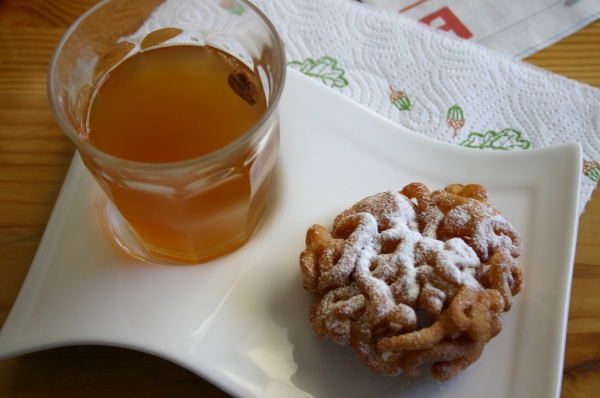Facts About Sima
Sima is a delightful Finnish beverage that functions both as a soft drink and a low-alcohol libation. Traditionally, sima is a type of mead created by fermenting honey with water. However, in contemporary recipes, various sugars, such as syrup, are often used instead. Despite undergoing fermentation, sima maintains a very low alcohol content, making it a sweet and effervescent treat.
The drink enjoys particular popularity during the Finnish Vappu festival, where it is commonly paired with the flavors of lemon zest and juice. Sima is typically served alongside traditional Finnish pastries such as munkki (doughnuts), tippaleipä (funnel cake), and rosetti (rosettes).
The history of sima traces back to the 1500s when mead was first introduced to Finland. By the 1700s, it had evolved into the low-alcohol version familiar today. Sima gained significant popularity during the Finnish labor movement and remains a cherished element of Walpurgis Night celebrations.
Preparing sima at home is quite straightforward. You will need lemons, yeast, sugar, and raisins. Begin by boiling water with lemon and sugar. Once the mixture has cooled slightly, add yeast and allow it to ferment overnight. During the secondary fermentation, raisins are added to the bottles to help regulate sugar levels and indicate when the drink is ready. In about three to seven days, you will have a chilled, fizzy beverage. Sima's low alcohol content makes it suitable for children as well. The yeast in sima creates natural carbonation, giving it a slightly cloudy appearance, as it is not typically filtered or clarified.
Commercial versions of sima can differ significantly from the traditional homemade variety. They often utilize apple wine, grape juice, and various flavorings combined with carbonated water, resulting in a distinct taste. Traditional sima is a fresh product with a short shelf life because ongoing fermentation in the bottle can increase its alcohol content over time.

 Russia
Russia